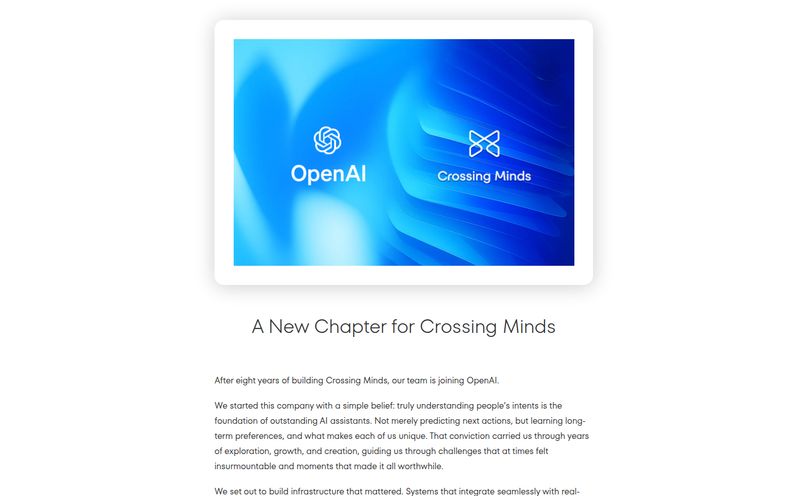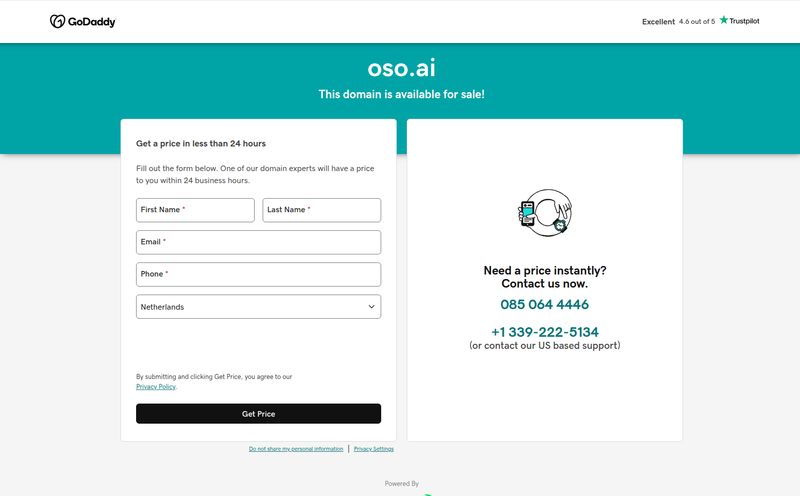I remember it vividly. It was 3:17 AM, and the jarring sound of my phone alarm was drilling into my skull. Why? Because Bitcoin was approaching a key resistance level I’d marked on a chart hours before, and I was convinced this was the moment to sell. I stumbled out of bed, logged in with blurry eyes, and... the price had already dipped. I missed it. Again. The frustration was real.
If you’ve been in the crypto space for more than five minutes, you know this feeling. The market never sleeps, which means, for many of us, we don’t either. We're constantly chasing pumps, trying to avoid dumps, and slowly burning out. This is the exact problem that sent me down the rabbit hole of automated trading, and eventually, led me to Pionex.
Is it the magic bullet? The set-it-and-forget-it dream we're all sold? Well, let's get into it. This isn't just another spec sheet breakdown; this is my real-world experience with the platform.
What Exactly is Pionex, Anyway?
First things first, Pionex is a cryptocurrency exchange. You can buy, sell, and trade crypto there, just like on Coinbase or Kraken. But that’s not its claim to fame. The big draw, the reason we’re even talking about it, is its suite of 16 free, built-in crypto trading bots.
Think of it less as a traditional exchange and more as a specialized workshop. Instead of just giving you the tools (leverage, order types, etc.) and wishing you luck, Pionex gives you a team of little robotic employees to do the heavy lifting for you. This focus on automation sets it apart from the giants of the industry. It’s not trying to be everything to everyone; it’s trying to be the best at one specific thing: making automated trading accessible.

Visit Pionex
The Main Attraction: Let's Talk Trading Bots
Alright, this is the core of the platform. The bots. They aren't some all-knowing AI that predicts the future (if you find that, let me know). Instead, they are tools that execute a pre-defined strategy with relentless consistency. No emotions, no fatigue, no 3 AM alarms. Here are the ones I’ve spent the most time with.
The Workhorse: The Grid Trading Bot
If Pionex has a flagship bot, this is it. The concept is beautifully simple: you set a price range, an upper and a lower limit. The bot then places a grid of buy and sell orders within that range. When the price drops, it buys. When the price rises, it sells. It’s designed to profit from volatility in a sideways or gently trending market. It's the perfect little robot for when a coin is just bouncing around, making small gains over and over. I’ve found this to be incredibly effective for certain altcoin pairs that tend to chop around for weeks on end.
The Steady Hand: The DCA Bot
Ah, Dollar-Cost Averaging. The strategy preached by every long-term investor from Wall Street to Crypto Twitter. The idea is to invest a fixed amount of money at regular intervals, regardless of the price. This averages out your purchase price over time. It's a fantastic strategy, but who actually remembers to do it perfectly every week or month? The Pionex DCA bot automates this. You set it up once, and it just… works. It's a simple, powerful tool for accumulating your favorite assets without trying to time the bottom.
Other Interesting Tools in the Box
Pionex offers more than just these two. There’s a Rebalancing Bot to maintain a specific portfolio allocation, an Infinity Grid Bot to capture upside without a top limit, and even leveraged grid bots for the more adventurous traders. The variety is genuinely impressive, and it gives you a ton of options for different market conditions.
Beyond the Bots: What Else is on Offer?
While the trading bot's are the main event, Pionex does have a few other things going for it. You can, of course, do manual spot and futures trading if you feel the itch. The interface is clean and functional, if not as feature-packed as something like Binance.
They also have something called Structured Products, which often come with promises of guaranteed returns. Now, my inner skeptic always perks up at words like "guaranteed." In this case, it's typically a form of dual-investment product or a covered call strategy. It's an interesting, more conservative way to earn yield, but make sure you read the fine print and understand how that yield is being generated. It's not magic, it's financial engineering.
The Good, The Bad, and The Automated
No platform is perfect. Let's break down the real pros and cons from my perspective.
The Wins: What I Genuinely Like
The biggest win is the mental relief. Seriously. Setting up a bot and letting it trade the chop frees up so much mental bandwidth. The automation is the whole point, and it delivers. Having a wide variety of bots for different strategies baked right in, for free, is a massive advantage over competitors where you often have to pay a monthly subscription and connect an exchange via API keys. Oh, and the mobile app is solid, letting you check on your bots from anywhere.
The Catches: Where It Could Be Better
First, let's be crystal clear: bots are not a magic money printer. They execute a strategy. If your strategy is bad, or the market moves violently against you (like a sudden crash), your bot will lose money. The risk is still 100% yours. Secondly, the coin selection is... okay. It has all the major players, but if you're a degen hunter looking for the latest 1000x micro-cap, this ain't it. Finally, I've had some occasional weirdness with browser support, and sometimes just logging in can be a bit slow, with Cloudflare checks that seem to take their sweet time. It’s a minor annoyance, but an annoyance nonetheless.
Let's Talk Money: Pionex Fees
This is where Pionex shines. The bots are free. Let me repeat that: the bots themselves have no subscription fee. This is huge. The platform makes its money from trading fees, just like any other exchange. And those fees are very competitive.
| Trade Type | Maker Fee | Taker Fee |
|---|---|---|
| Spot Trading | 0.05% | 0.05% |
| Futures Trading | 0.02% | 0.05% |
A 0.05% fee for spot trading is on the low end of the industry standard. This low-fee structure is critical for bot strategies, especially grid trading, where you might be making dozens or hundreds of small trades a day. High fees would eat your profits alive.
Is Pionex Safe? The Million-Dollar Question
Handing over your crypto to any platform requires trust. So, how does Pionex stack up? It's a mixed but generally positive picture. A huge point in its favor is that Pionex has obtained a Money Services Business (MSB) license from the U.S. Financial Crimes Enforcement Network (FinCEN). This is a significant regulatory step that many offshore exchanges don’t bother with.
It also holds its funds with trusted custodians and has a solid security track record. Of course, you should always use standard best practices: a strong unique password, two-factor authentication (2FA), and never, ever keep your entire crypto portfolio on a single exchange. Diversify your risk!
Conclusion: So, Who is Pionex Actually For?
After months of using the platform, I've got a pretty good feel for its ideal user.
Pionex is for you if:
- You're tired of the emotional rollercoaster of manual trading and want to automate your strategies.
- You're a long-term investor who wants to consistently Dollar-Cost Average into assets like BTC or ETH.
- You understand and love grid trading and want a low-fee environment to execute it in.
- You value simplicity and don't want to mess around with complex API setups for third-party bot services.
Pionex is probably not for you if:
- You're an advanced day trader who needs lightning-fast execution and complex order types.
- You primarily trade obscure, low-liquidity altcoins.
- You're looking for a platform with a built-in fiat on-ramp to buy crypto with your bank account (Pionex primarily focuses on crypto-to-crypto trading).
For me, Pionex has become a valuable tool in my overall crypto strategy. It's not my only exchange, but it's my go-to for automated, systematic trading. It took the stress and emotion out of the daily grind, and let’s be honest, it lets me get a hell of a lot more sleep.
Frequently Asked Questions about Pionex
- Is Pionex good for beginners?
- Yes and no. The interface is simple, but the concept of trading bots requires some understanding. It's great for a beginner who has done their research on strategies like DCA or grid trading and wants to implement them without the emotional stress of manual clicking.
- Do I have to pay for the trading bots on Pionex?
- No. The 16 core trading bots are completely free to use. Pionex makes money from the small trading fees on the trades the bots execute, which are very competitive at 0.05% for spot trades.
- What are the main risks of using Pionex bots?
- The primary risk is market risk. A bot is just a tool executing your strategy. If the market crashes, a grid bot set for a higher range will be left holding assets that have dropped in value. The bot doesn't eliminate risk, it just automates execution.
- Can I use Pionex in the USA?
- Yes, Pionex is available to users in the United States. It has secured an MSB license from FinCEN, which gives it a strong regulatory standing compared to many other global exchanges.
- How does Pionex make money if the bots are free?
- Pionex earns revenue from the trading fees charged on every transaction, whether it's performed manually or by a bot. Their business model is based on trading volume, not on selling subscriptions.



